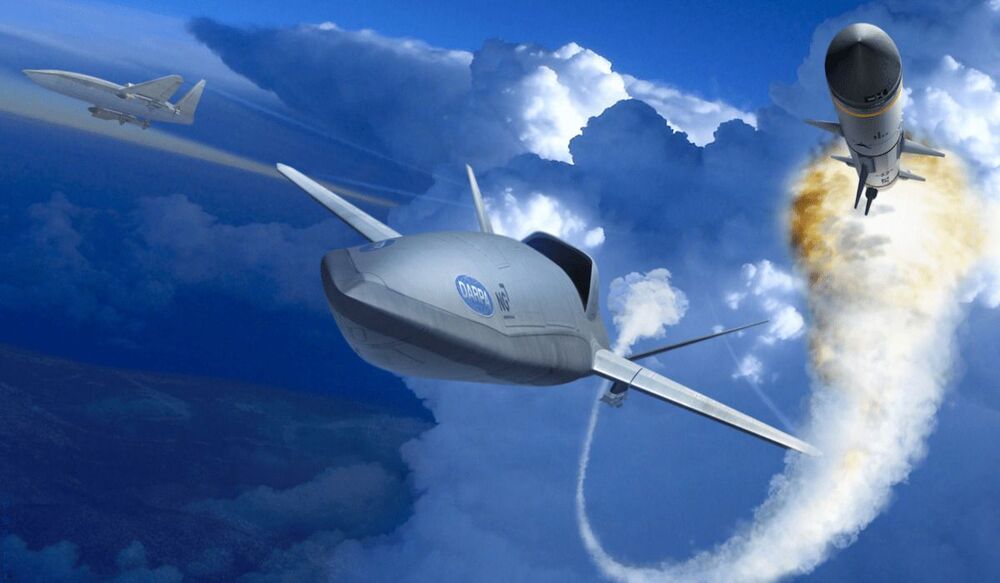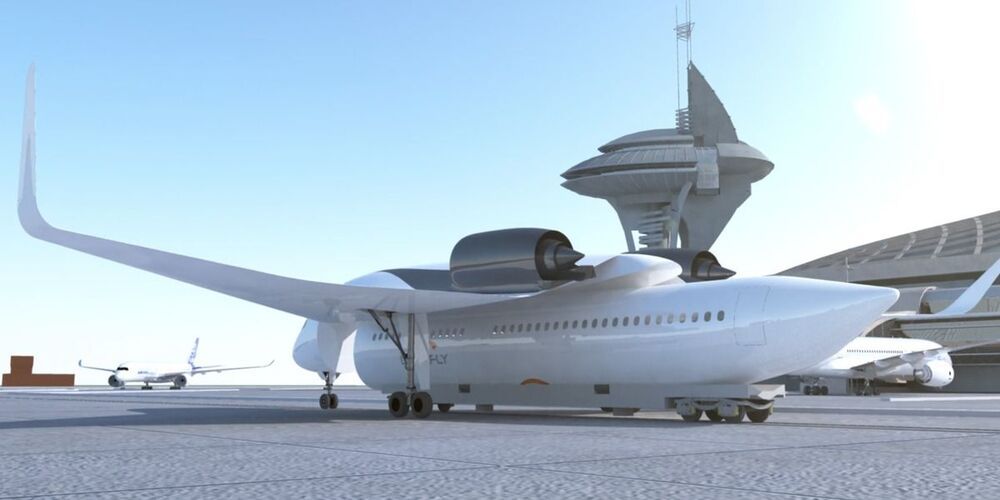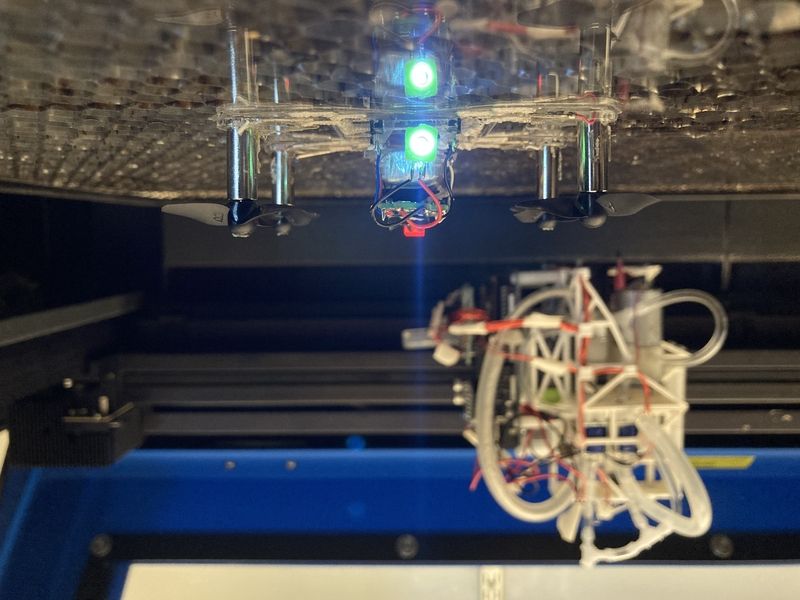PERSEVERANCE CARRYING INGENUITY LANDED ON MARS SUCCESSFULLY!!!



This bolt-on system creates a drone that can fly straight out of your fabricator.
It’s been very cool to watch 3D printers and laser cutters evolve into fairly common tools over the last decade-ish, finding useful niches across research, industry, and even with hobbyists at home. Capable as these fabricators are, they tend to be good at just one specific thing: making shapes out of polymer. Which is great! But we have all kinds of other techniques for making things that are even more useful, like by adding computers and actuators and stuff like that. You just can’t do that with your 3D printer or laser cutter, because it just does its one thing—which is too bad.

Articles: https://www.i24news.tv/en.
Live: http://i24ne.ws/4GMK30qJn0A
Facebook: https://www.facebook.com/i24newsEN/
Twitter: https://twitter.com/i24NEWS_EN
Instagram: https://www.instagram.com/i24news/
#i24NEWS #Israel #Tech i24NEWS DESK.
Onboard visual state estimation can save your quadrotor from a crash—and doesn’t need GPS to do it.

Instead of firing missiles, planes may carry and launch unmanned drones that will be able to shoot their own missiles to search and destroy targets.
Aerospace giant Northrop Grumman is wasting no time in this competition.
Just two days after DARPA named it as one of three competitors for the LongShot contract, the company released an image of its concept for an air-launched unmanned aircraft system (UAS), Aviation Week reported.
Imagine an unmanned aircraft, speeding ahead of its launch aircraft, that itself can fire multiple air-to-air intercept missiles that can seek out and destroy.

Circa 2018 o, o.
When it comes to the future of transportation, there is no shortage of intriguing and possibly crazy vehicle concepts. By 2100, commuters could be zipping around in passenger pods that fly through vacuum sealed tubes at 700 mph, soaring through the skies in autonomous personal rotorcraft that look like quadcopter drones, blasting off in rockets that fly from city to city, or even boarding commercial jetliners to fly more than five times the speed of sound.
But as far as wild transportation ideas go, Akka Technologies’ flying train might take the cake.
From “Star Trek” replicators to Richie Rich’s wishing machine, popular culture has a long history of parading flashy machines that can instantly output any item. While 3D printers have now made it possible to produce a range of objects that include product models, jewelry, and novelty toys, we still lack the ability to fabricate more complex devices that are essentially ready-to-go right out of the printer.

Additive manufacturing has proven an ideal solution for certain tasks, but the technology still lacks more traditional methods in a number of categories. One of the biggest is the requirement for post-printing assembly. 3D printers can create extremely complex components, but an outside party (be it human or machine) is required to put them together.
MIT’s CSAIL department this week showcased “LaserFactory,” a new project that attempts to develop robotics, drones and other machines than can be fabricated as part of a “one-stop shop.” The system is comprised of a software kit and hardware platform designed to create structures and assemble circuitry and sensors for the machine.
A more fully realized version of the project will be showcased at an event in May, but the team is pulling back the curtain a bit to show what the concept looks like in practice. Here’s a breakdown from CSAIL’s page: